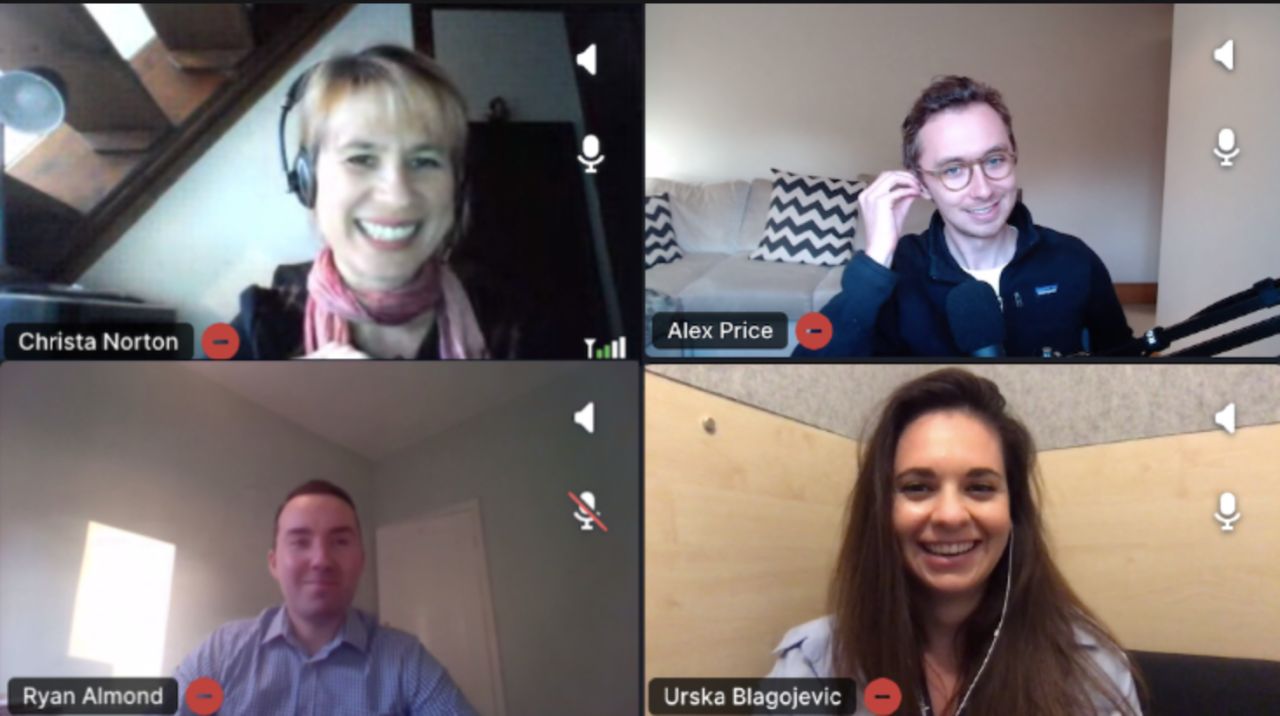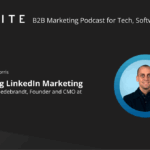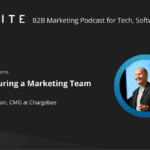For the FINITE online discussion this month, we gathered some ABM experts in B2B tech firms to discuss all things account-based marketing!
ABM is a hot topic for B2B in 2020, as it’s the perfect fit for lengthy buyer journeys and complex decision making units. It’s been around for decades, but technology and access to data means ABM has recently proven great success!
We kicked off the discussion with an introduction to our ABM experts:
Ryan Almond
Global Account-Based Marketing Director
Baker Hughes
Urska Blagojevic
Marketing Director
Whisbi
Christa Norton
Head of Industry and ABM
Capita
Our moderator Alex then kicked off the discussion. First, with a fairly broad question asking our panellists to outline how they define ABM.
What is ABM?
- One to one ABM gives accounts red carpet treatment by focussing on one organisation instead of a market
- ABM helps build relationships, get really personal, and tailor proposals to offer ideal solutions to specific challenges
- Instead of segmenting a market, ABM segments a single organisation
Next, Alex asked the panellists to tell us about the flavour of ABM they’re doing. This gave us insight into the different types of ABM:
- Christa has ten key accounts that are aligned ‘one to one’
- ‘One to few’ scales on an industry basis. In this case, nuance is important so analyse clusters within an industry to find commonalities and differences
- ‘One to many’ means you’re scaling
- Urska takes a content-based approach by generating content that targets specific pain points
Alex then asked about the practicalities of how and where ABM first originate in the panellists organisations.
How did ABM come about for you?
- Write a playbook! What is ABM and what will it look like? Feel free to align this with leading methodologies
- Educate your sales team on what ABM is and the relationship that will be needed. Back this with evidence of ROI so they believe in it too!
- Establish personal credibility so that your team trusts you and sees that you will add value with ABM
- Get proof of concept by trialling ABM with one account
- Publicise the results of your ABM trial to the right people in your organisation to get buy in to scale
The panellists then gave us some practical tips and advice on kicking things off in their own organisations.
How to begin the ABM process?
- Ryan and Urska both start with a wide scope of accounts, and then narrow down
- Find the top 200 accounts to target, and layer on additional data specific to your product. Then look at more intricate points such as budget
- Pick out accounts that show engagement with content, then segment them. Look at the press and reports for relevant announcements to research companies further
- Christa uses a different approach by starting one to one
- She identifies customers through pipeline, net promoter score (NPS), size of opportunity, relationships, purpose, CSR and alignment.
- Christa wants to create a strategic alignment with strategic partnership to build C-Suite relationships. She uses CSR initiatives and conversations outside of sales to drive those relationships.
What goals can you set for ABM?
- Exceleration through funnel
- Number of C-Suite engagements
- NPS and the way you measure it
- Breadth of pipeline
- Positive sales feedback
Can ABM be done without tech?
The panellists revealed which tools they use to help them with their strategy:
- Pardot and Salesforce together, to align sales and marketing. This way, everyone in the rev team can see touchpoints
- SimiliarWeb and other research tools to expand existing accounts
- LinkedIn Sales Navigator for relationship mapping
- Brand sentiment tools to understand what customers are thinking and their priorities
- LinkedIn to understand contacts and create relevant conversation for them
The panellists agreed that a tech stack should grow as you scale. It’s not essential to ABM, but it definitely helps!
Then a viewer asked, “If B2B buyer journeys continue to evolve in the same way (self driven) and marketing continues to evolve towards 1-2-1, will sales and marketing eventually merge into one role? Should sales people be worried that marketing is getting TOO effective?!”
This prompted a conversation on:
Marketing and sales alignment
- Because sales cycles are so long, marketing and sales need to work as a collaboration
- A growth team, as opposed to two separate teams, can be the central nervous system running through an organisation
- The closer you work the more complimentary you can be, but acknowledge the different skill sets of each team
- The handover between marketing and sales is gone in ABM. You should work in parallel and in partnership to support each other
At the end, the FINITE discussion got some great feedback!
The full online discussion is available to watch back free for all FINITE members. You will find a link to it on our Slack under the ‘announcements’ channel, and it will also be in your inbox!
If you are not a member, but would like a copy of the discussion, apply for a free FINITE membership!










